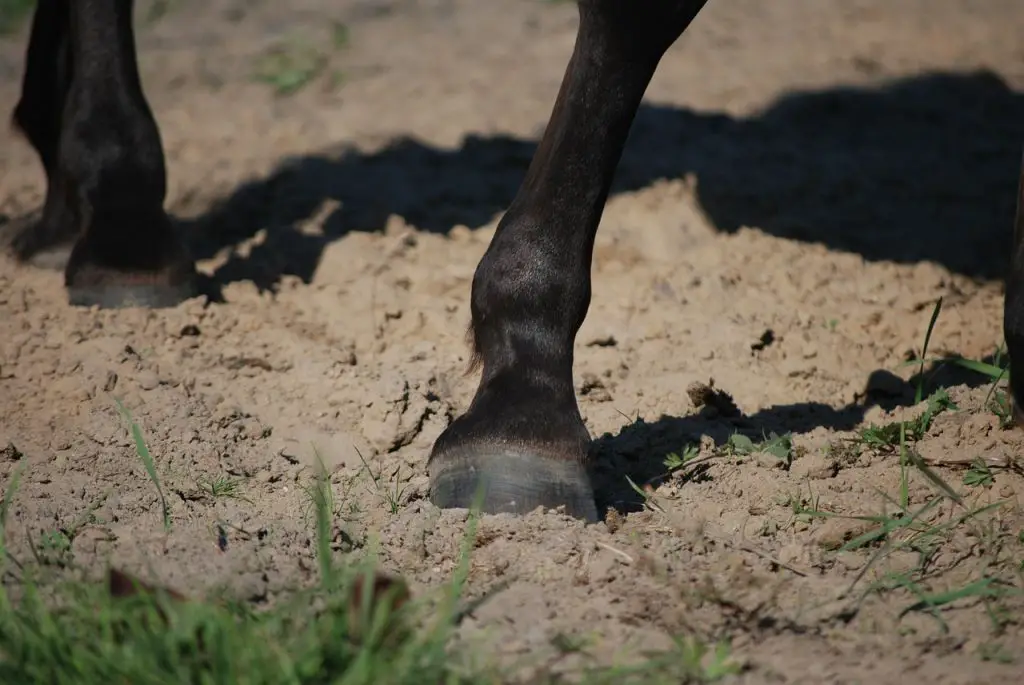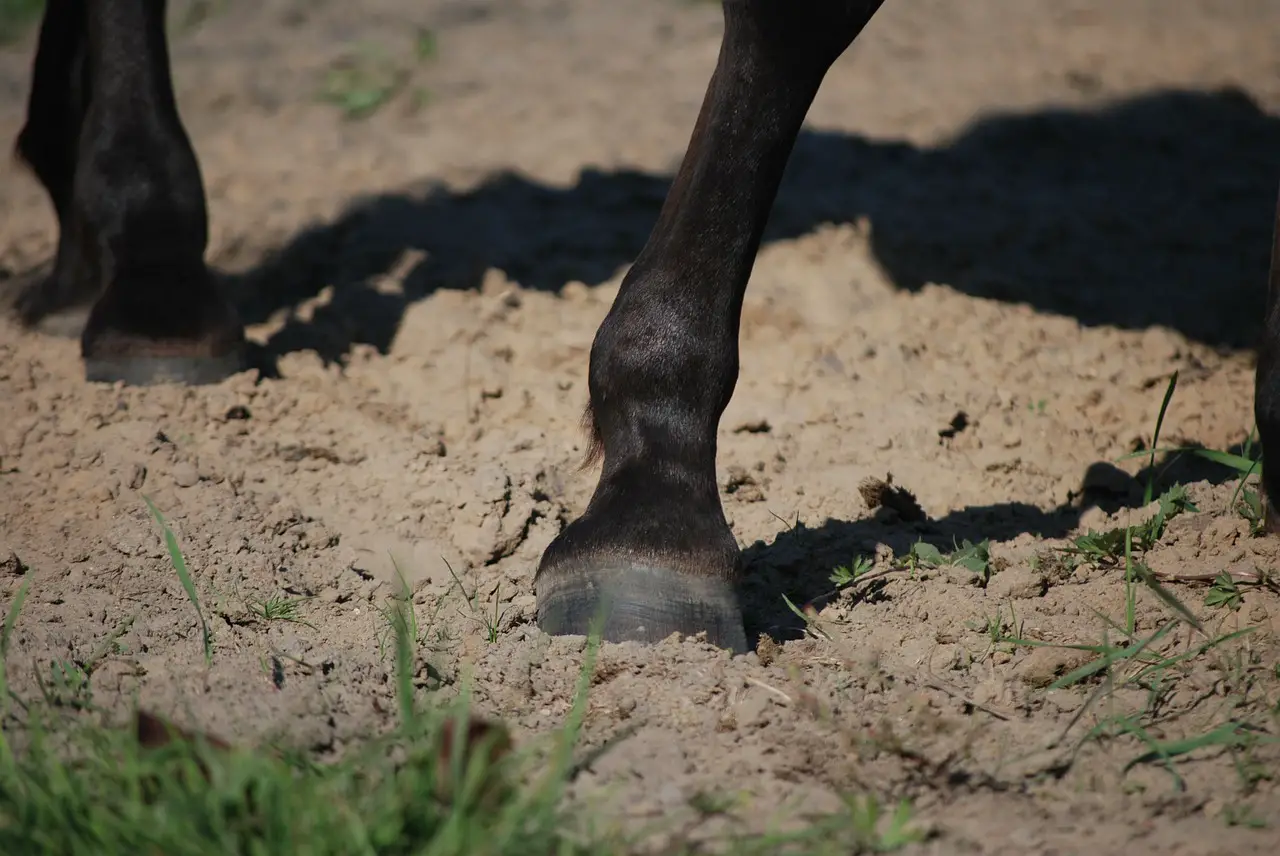Last Updated on April 4, 2022 by Allison Price
Horses with hind leg problems
A hind leg problem could cause lameness in horses. These problems can cause permanent disability in horses of all ages and can be caused by a hind leg problem.
Common hind leg problems

The following could cause hind leg problems:
- Wounds or Fractures. Your horse may prefer a hind leg if it has a puncture wound, cut, or fracture. An infection can complicate your horse’s recovery if cuts or wounds aren’t treated quickly. A quick visual inspection of the hind legs of your horse will reveal any cuts or infected sores. Broken bones and puncture wounds might not be obvious.
- Stone bruise. Ever felt pain in your feet after you stepped on a Lego brick or small toy? These injuries are also known as stone bruises and can happen to horses. A reddish or purple spot may appear on the horse’s hoof, or you might notice it walking more slowly. Most stone bruises disappear within a few weeks.
- Arthritis. arthritis, also known as degenerative joint disease or age-related, may develop after injury or infection. Arthritis can lead to stiffness and pain in horses. This could cause a change in your horse’s gait.
- Laminitis. While laminitis is most common in the front feet it can also affect the back feet. Laminitis is a disruption in blood flow to the laminae, which keep the coffin bone attached with the wall of your hoof. Permanent damage can occur if laminitis isn’t treated and diagnosed soon after symptoms appear.
- Strains and Sprains. Overworking horses during training can cause tendon and muscle strains. If a horse is unable to control his speed or engages in sudden movements, sprains and strains are more likely. A horse with overgrown hooves can also be at risk of a strain or sprain.
- Bursitis. This is caused by inflammation in the fluid-filled space that allows the muscles and the tendons to move smoothly over the joints. This condition can cause pain, swelling, stiffness, and infection. It can also be caused by an injury, puncture wound infection, strain, or training stress.
- Pelvic Injuries. Hind leg lameness could also be caused by pelvic injuries, fractures or ligament strains. Horses can sustain injuries, but performance horses are more susceptible.
- Spinal Cord Injury. Spinal cord damage can cause a horse to wobble when they walk. It could be due to injury, sickness, or malformed cervical vertebrae. According to the American Association of Equine Practitioners, spinal cord damage is more common in the hind legs because the nerves that connect to these limbs are not protected by the spinal cord.
Signs to Watch for Hind Leg Problems
It can be difficult to identify hind leg problems in horses, especially if they are mild. These signs may be present if your horse is suffering from an injury or other condition that affects either one or both of his hind legs.
- A gait change
- Flaccid tail
- Reluctance of putting weight on the injured leg
- Frequent shifting of weight from the heel to the toe or outside of the hoof.
- A joint is swelled around
- Inability to stand
- Wounds and deformed joints
- Trouble with stopping easily
- Transitions and picking up a lead can be difficult
- Lower steps for the affected leg
- Unusual neck or head position
- It is difficult to walk downhill
- Walking or trotting requires more up-and-down movement of one hip.


